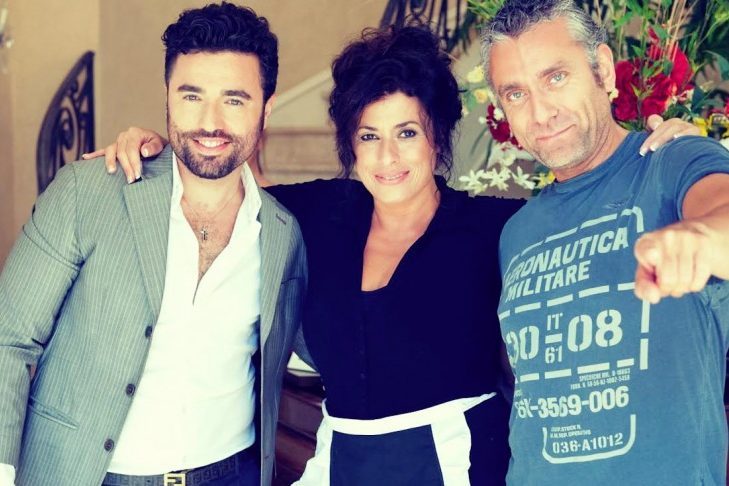Having grown up in an area in Italy bountiful in vineyards, Diego Meraviglia has made a successful career as a sommelier. After beginning as an aspired musician, his journey took a different route, influenced by his love for food and wine. Now he is VP and Director of Education at NASA (National American Sommelier Association), committed to educating, selling, and promoting the agricultural beauty of Italian wine in the Los Angeles community.
Diego, you were raised in a small town on Lake Maggiore, Castelletto Ticino, in Northern Piedmont. How has your upbringing contributed to your interest in wine?
Northern Piedmont, unknown to many, is actually a very prominent and important wine producing part of the Region. Historically, it was more famous and significant than the Langhe. Being surrounded with mountains and vineyards was obviously a great inspiration, and my parents played a big role as well. My father’s love for fine food and wine has influenced me since a very young age and, as I moved to Milan for 2 years while attending the University, the exposure to many different cuisines and wine varietals fueled my interest, driving me to join the sommelier school.
How did your career as a professional sommelier begin?
I was actually studying Tourism Sciences and Communication at IULM University in Milan when I met Alessia, my current wife, with whom I shared a strong passion for food & wine. At that time, I was adamantly pursuing a career in music, and I wanted to move to the U.S. Yet we needed a plan B, just in case, and so enrolled in the sommelier school to obtain the highest certification available. I started as many other sommeliers, relentlessly working in restaurants, and soon became aware of my communication skills and developed an interest in education. In 2010, I left the restaurant and began training, teaching and consulting. The rest is history, but it must have been the right decision, considering all the awards that I have received!
When did you decide to move to L.A. and how has that influenced your career?
It was my first choice, as I wanted to work in the music industry, and we just never left. But it has been tough: it takes years to adjust to a new place and, coming from the Italian Alps, L.A. is not exactly the most welcoming and easy city in the world.
What are the two most popular Italian wines in the U.S. today?
Difficult to say. On the one side, there are traditionalists who still largely purchase Pinot Grigio, Chianti, Brunello di Montalcino, and Super Tuscans. On the other side, over the last 6-7 years a new market has developed, which is just as vibrant and growing fast. It is made of wealthy 30-40 year olds, who are far more attracted by indigenous, traditional and unique wines. Also thanks to the educational effort that NASA has been doing throughout the Country, varietals such as Prosecco, Barbaresco, and Vermentino are now doing extremely well.
Have you noticed a different approach to – Italian but not only – wine in the U.S. over the last few years?
Yes, absolutely. I’m proud to say that the North American Sommelier Association has pushed and fought to disseminate wine culture and education. This has allowed people to discover, study, and learn, improving the general appreciation, consumption, and approach to wine, which has become a home beverage.
Is there any misconception about wine you would like to clear up?
I can think of a few. Probably the most important is that wine is not a luxury good, it comes from dirt and is made by farmers with dirty hands. It is an agricultural product.
You’ve recently participated in an interesting panel discussion on healthy nutrition at the Italian Cultural Institute. What is your relationship with the local Italian community?
It’s very strong. Italians in California have been paramount in my success. They were the first to help me and take me in, and I gratefully try to repay that hospitality. Thanks to them I managed to leave my hometown behind and to feel a little less secluded. We all know each other and for the most part, we are all friends. Migrating to another country is a big deal. These connections and these communities are essential. Still today I largely and mainly work with Italians or Italian Americans.




























